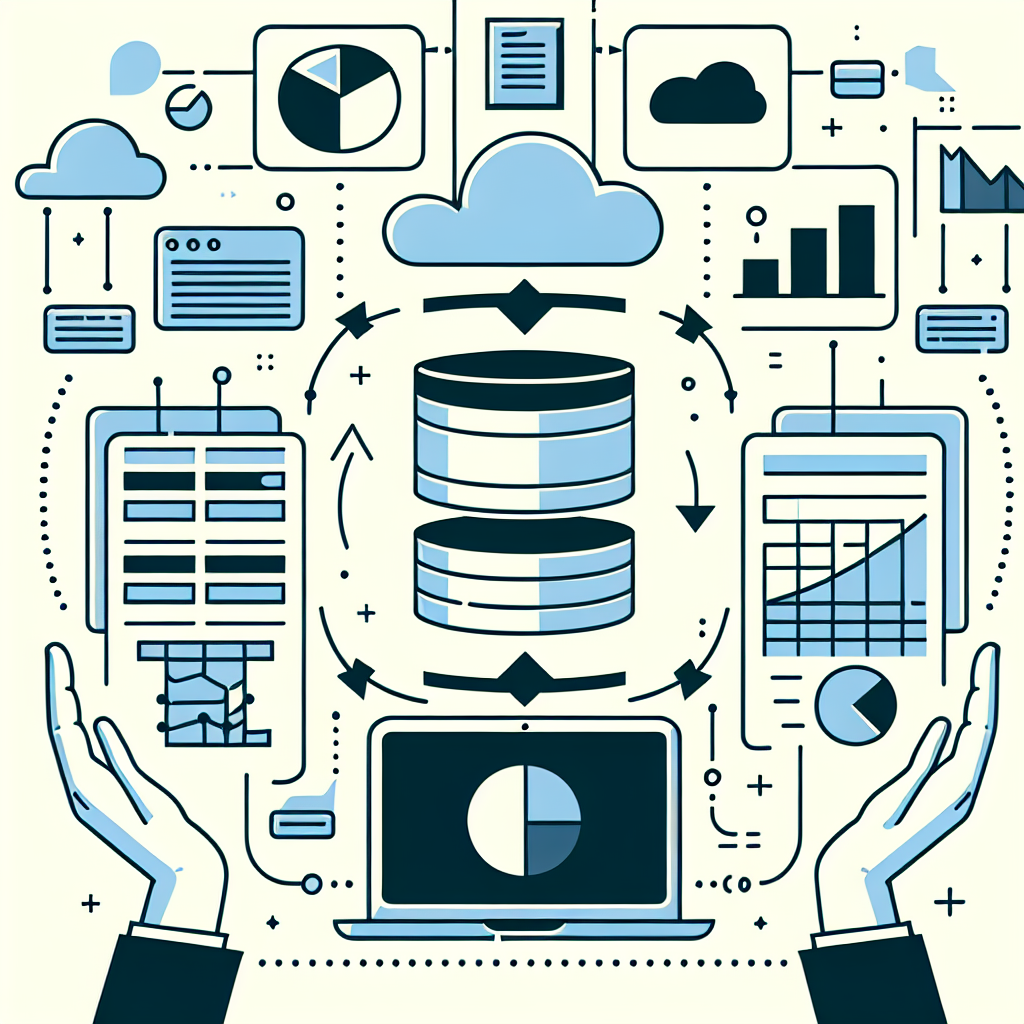Convert SQL to NoSQL: Streamline Your Data Transition
Transform your database seamlessly with our SQL to NoSQL converter tool. Boost performance, scalability, and flexibility. Try it today for efficient data migration!
Source Code
Converted Code
Output will appear here...
The SQL to NoSQL Converter streamlines your database migration by effortlessly transforming structured SQL data into flexible NoSQL formats, enhancing scalability and performance. Ideal for developers and data engineers, it supports seamless integration, enabling efficient management of diverse data types. Keywords: SQL to NoSQL migration, database transformation, scalable data solutions.

SQL to NoSQL Converter Tool Link to this section #
Efficiently converting your SQL databases to NoSQL can be a game-changer for your data management strategy. Our SQL to NoSQL converter tool simplifies this transition, allowing you to leverage the flexibility and scalability of NoSQL databases.
Key Features Link to this section #
- Automatic Schema Conversion: Translates SQL schemas into NoSQL document formats, supporting databases like MongoDB, Couchbase, and Cassandra.
- Data Migration: Seamlessly migrate data while maintaining relationships and integrity.
- Customizable Output: Tailor your NoSQL database structure to match your application needs.
Why Convert SQL to NoSQL? Link to this section #
- Scalability: NoSQL databases offer horizontal scaling, accommodating large volumes of data effortlessly.
- Flexibility: Unlike rigid SQL schemas, NoSQL allows dynamic data models.
- Performance: Optimized for high-speed data retrieval, NoSQL can enhance application performance.
Sample Conversion Link to this section #
Given an SQL table:
CREATE TABLE Employees (
EmployeeID INT PRIMARY KEY,
FirstName VARCHAR(100),
LastName VARCHAR(100),
Department VARCHAR(100)
);
The equivalent NoSQL document might look like:
{
"EmployeeID": 123,
"FirstName": "John",
"LastName": "Doe",
"Department": "Engineering"
}
Best Practices Link to this section #
- Evaluate Use Cases: Not all applications benefit from NoSQL; identify if your use case suits NoSQL's strengths.
- Plan the Transition: Consider data consistency and eventual consistency models.
- Test Thoroughly: Ensure data integrity and performance benchmarks are met post-conversion.
Additional Resources Link to this section #
For further assistance, our tool includes comprehensive support and documentation, ensuring your transition from SQL to NoSQL is as smooth as possible. Maximize your database capabilities today with our SQL to NoSQL converter.
Frequently Asked Questions
What are the primary differences between SQL and NoSQL databases?
SQL databases are relational, table-based databases that use structured query language for defining and manipulating data. They are best suited for complex queries and transactions. NoSQL databases, on the other hand, are non-relational and can be document-based, key-value pairs, wide-column stores, or graph databases. NoSQL databases are designed for distributed data stores with large data storage needs and are ideal for unstructured data.
When should I consider migrating from SQL to NoSQL?
Consider migrating to NoSQL when you need to handle large volumes of unstructured data, require high scalability or flexibility, or when your application demands rapid development and iteration. NoSQL is also beneficial for scenarios requiring horizontal scaling and those with varying data structures that don't fit well into a rigid relational schema.
What are some challenges associated with migrating from SQL to NoSQL?
Migrating from SQL to NoSQL can pose challenges such as data modeling differences, as NoSQL databases don't use fixed schemas. You may also encounter issues related to data consistency and transaction management due to the CAP theorem. Additionally, there might be a need for application code adjustments and the learning curve associated with new database technologies and query languages.